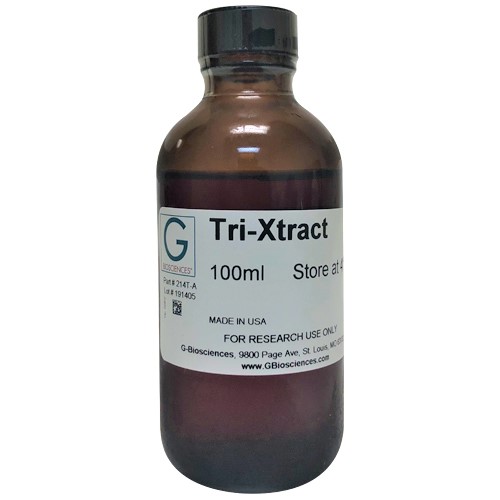Long intergenic non-coding RNA (lincRNA) and long non-coding RNA (lncRNA) are two novel RNA molecules that contain about 200 nucleotides in their respective sequences. Studies indicate that while lncRNAs are comparatively shorter than lincRNAs, they are both composed of single-stranded sequences that have the ability to form secondary structures and can be identified through sequencing.
Additionally, both RNA types play a significant role in transcriptional mechanisms and post-translational modifications (such as 5’capping, polyadenylation, and splicing) and show tissue-specific expressions (both are abundantly expressed in the testis and neural tissues).
Despite sharing a lot of similar attributes, lincRNA and lncRNA differ in several aspects. Aside from their slight differences in length (lincRNAs are somewhat longer than lncRNAs), lincRNA transcripts are usually found in the mammalian genome (specifically in the nucleus) where they figure in cell differentiation and cell identity while lncRNA transcripts are usually found outside the nucleus.
What are lincRNAs?
LincRNAs are non-coding RNA transcripts that make up most of the lncRNAs. Although they do not code for proteins, these transcripts have an exon-intron-exon structure similar to those of protein-coding genes. With more than 8,000 lincRNAs identified to date, they are now considered as the largest subclass of RNAs in the human genome. Unfortunately, their functions are still largely unknown.
Even with the current limited knowledge on lincRNAs, researchers have already established that these RNA molecules can tune gene expression by affecting nuclear architecture and sequestering intracellular molecules. They are also involved in chromatin topology regulation (they can be used to enforce stable and repressive chromatin states by increasing or repressing transcriptional activation) and in protein and RNA scaffolding.
LincRNAs are also known to regulate the transcription of neighboring genes, encode functional micropeptides, and act as protein and RNA decoys.
With 93% of disease-associated genetic variants (SNPs) located in the vicinity of intergenic or gene regulatory regions, there is a strong indication that they are somehow involved in human disease and development (although the mode or manner of how these SNPs can affect the disease is still largely unknown). In fact, numerous studies indicate that lincRNAs are associated with the development of multiple cancers and end-stage renal disease in diabetic patients.
Research also showed that lincRNAs can be potentially used as biomarkers (urine, blood, and tumor PCR) and therapeutic targets.
What are lncRNAs?
There was a time when researchers considered lncRNAs as nothing more than “junk DNA” since these RNA sequence transcripts do not translate into a protein product. However, recent studies suggest otherwise.
Research shows that lncRNAs may function by binding to proteins and DNA or RNA in a sequence-specific manner. Additionally, there is sufficient evidence to prove that these RNA transcripts may regulate gene expression and protein synthesis via transcription, antisense transcripts, and hybridization of sense to antisense transcripts.
Additionally, lncRNAs can bind to specific protein partners to control the activity of the protein, facilitate the formation of a larger RNA-protein complex, or alter protein localization in the cell. LncRNAs can also be processed to generate smaller transcripts (e.g. microRNAs, Piwi-interacting RNAs, etc.).
LncRNAs are classified according to their location with respect to protein-coding genes. Thus, they can be classified as (a) intergenic (lncRNA transcribed inter-genetically from both strands), (b) intronic (entirely transcribed from introns of protein-coding genes), (c) sense (lncRNA transcribed from the sense strand of protein-coding genes, usually containing exons from protein-coding genes), and (d) antisense (transcribed from the antisense strand of protein-coding genes, with the possibility of overlapping in certain parts of the protein-coding genes).
At present, the main function of lncRNA is not yet fully understood, but there is reason to believe that these RNAs are associated with several chronic medical conditions such as dementia, Alzheimer’s disease, myocardial infarction, coronary artery disease, and cancer. Studies further indicate that the misexpression of lncRNA gives promotes the initiation, growth, and metastasis of tumor cells.






